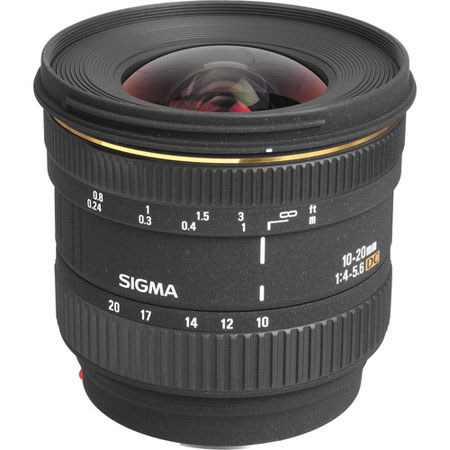I just downloaded the free version of Sony's DXO film emulation software. I haven't played with all the controls, but I wanted to show what the program does.
Basically, back in our film shooting days, we knew that certain brands (and certain films within those brands) had a color balance and saturation unique to themselves.
Kodachrome gave us "nice bright colors, dreams of Summers" because it had a slightly warm color balance, deep saturation, and ultra tight grain. Fujichrome and Ektachrome tended cooler and varied in saturation among the different sub brands.
I always looked at the film box to remember what color balance the film favored. I used Kodachrome for Autumn scenes and anything requiring perfect grain, Ektachrome for Winter, strobe, and night, Fujichrome for Spring views. Worked well for me.
Kodachrome gave us "nice bright colors, dreams of Summers" because it had a slightly warm color balance, deep saturation, and ultra tight grain. Fujichrome and Ektachrome tended cooler and varied in saturation among the different sub brands.
I always looked at the film box to remember what color balance the film favored. I used Kodachrome for Autumn scenes and anything requiring perfect grain, Ektachrome for Winter, strobe, and night, Fujichrome for Spring views. Worked well for me.
The color negative films were often color corrected in printing, but they had some distinct characteristics as well. Contrast seemed to be the biggest difference.
B&W was adjustable in so many ways. Different chemicals, printing choices, even time and temp of the chems. Still, they had differences, too, especially in grain and contrast.
Then, cross processing adds its own unique looks, adjustable to a great degree. Develop E-6 chromes in C-41, or color neg film in slide film chemicals. Lots of interesting looks.
So, now you can do all that again. Open up your finished JPEG, choose what film preset to use, and let DXO do its stuff. I used minimal compression and got some large, sharp files. I left everything else at DXO factory presets. Adjustments, besides film type, include intensity of the film type, contrast, saturation, exposure, and film grain.
I was pleased overall. This program (and others like it, including Lightroom and Photoshop plug ins) have some good uses and results.
I chose one image of mine to illustrate below. There are more film presets in the program, these are just some highlights.
Original image file, shot in Nikon RAW, processed to finish with Adobe Photoshop and ACDSee:
 | ||
| Original |
 |
| Fuji Superia Reala 100 |
 |
| Fuji Velvia 50 |
 |
| Kodachrome 25 |
 |
| Kodak Elite Color 200 |
 |
| Ilford XP2 |
 |
| Kodak T-Max 100 |
 |
| Polaroid 672 pack film |
 |
| Kodak Cross Process |













